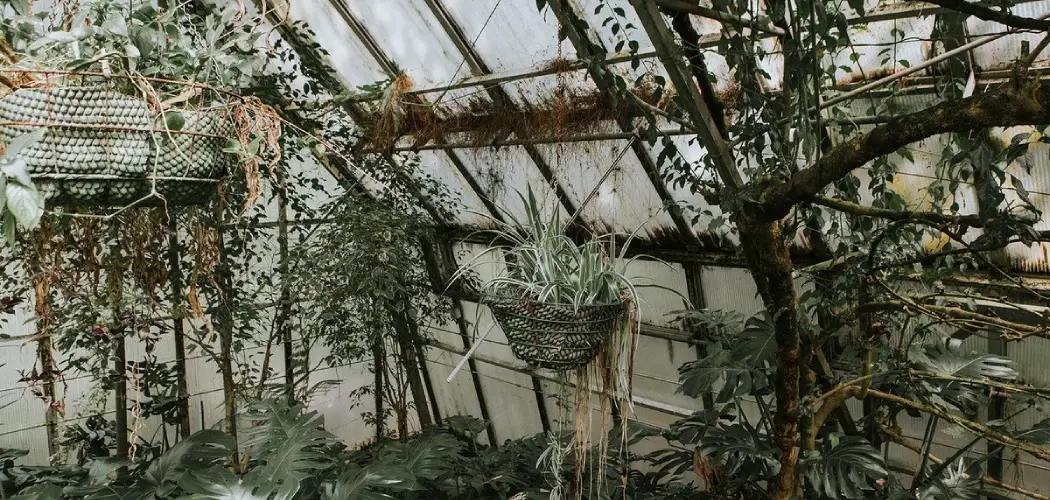It’s no secret that plants love sunlight and warm temperatures, which makes it difficult to keep them alive in a basement. But don’t worry – there are still ways to make sure your potted plants get the right amount of light and water while living in your basement. Otherwise, you could end up with an unhappy and potentially dead plant. Keeping the plant alive may be difficult, but it is not impossible.
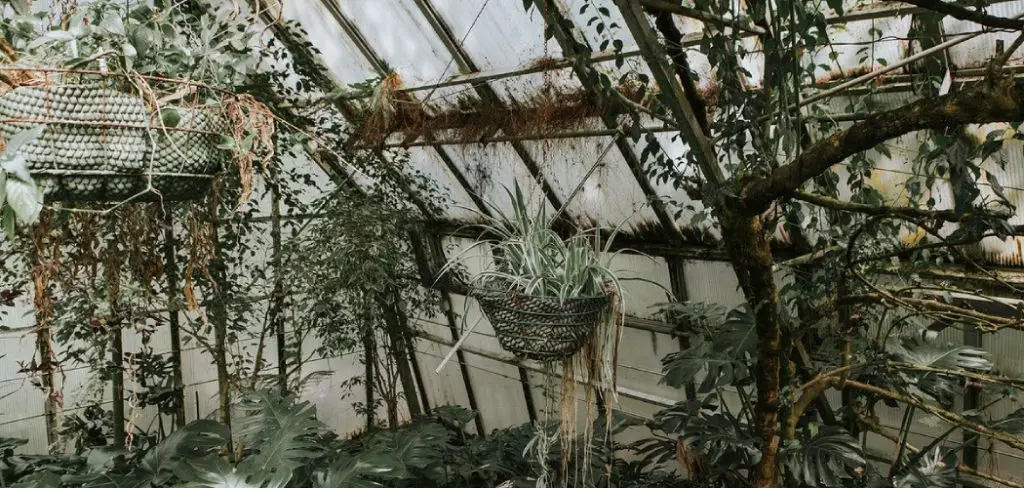
The most important aspect of keeping plants alive is ensuring that they get enough light! This can be trickier in basements which can be darker and cooler than other parts of the house. To ensure your plants get enough light, you’ll want to invest in some good-quality grow lights or move them near windows that allow natural light to come in. Here you will know the crucial steps on how to keep plants alive in a basement.
Necessary Items to Keep Plants Alive
Before you get started, let’s review the items you’ll need to keep your plants alive in this new environment. You will need:
- Quality grow lights or a window with natural light
- Humidity monitor
- Plant care products like fertilizer and potting soil
- Watering can or hose
10 Tips on How to Keep Plants Alive in a Basement
Now that we have gone over the necessary items, here are some tips to help you keep your plants alive and thriving in their new home:
1.Provide Ample Light:
As mentioned earlier, make sure that you provide enough lighting for your plant to thrive. It can be natural light from a window or artificial grow lights. Any type of light will do, but you may need to adjust their position for optimal lighting.
2.Monitor the Humidity Levels:
Since basements can be quite dry, it’s important to monitor the humidity levels in your basement to ensure that your plants are getting enough moisture. Use a quality humidity monitor and keep an eye on the numbers so you can mist or water your plants accordingly.
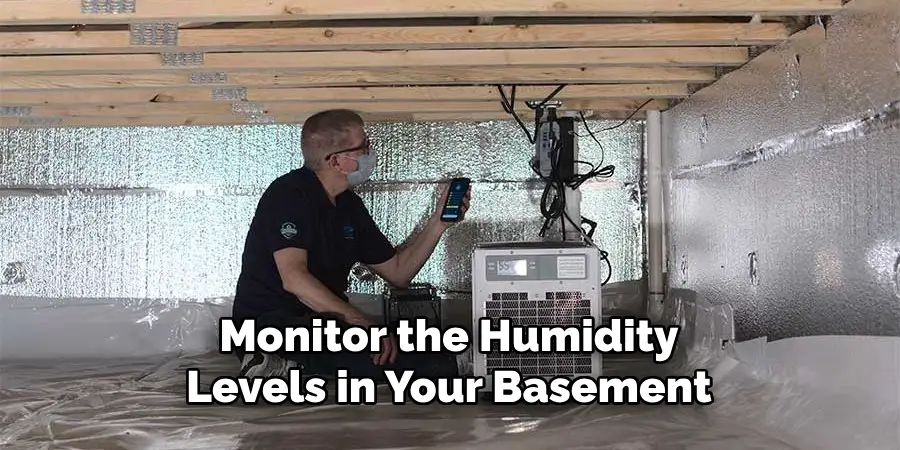
3.Keep the Temperature Consistent:
Just like light and humidity, it’s important to keep the temperature consistent in your basement for optimal plant growth. Make sure you have a thermometer on hand that will let you know when the temperatures drop below or rise above an acceptable level.
4.Fertilize Regularly:
Potted plants need to be fertilized regularly in order to remain healthy. Invest in some quality plant fertilizer and follow the manufacturer’s instructions when applying. So your plant will get the nutrients it needs and stay healthy.
5.Keep an Eye Out for Pests:
Pests such as aphids, mites, and mealybugs can quickly wreak havoc on your plant’s health. Keep an eye out for any signs of infestation so you can take care of it promptly before it becomes a bigger problem.
6.Water Wisely:
Plants need water, but not too much. Make sure you’re not overwatering your plants as this can lead to root rot or other issues. Stick to a regular watering schedule and monitor the soil for moisture levels.
7.Prune Regularly:
Pruning your plants helps keep them healthy by removing any dead or dying leaves, stems, or flowers. This also allows more light to reach the parts of the plant that needs it most. It will also help the plant retain moisture and provide better air circulation.
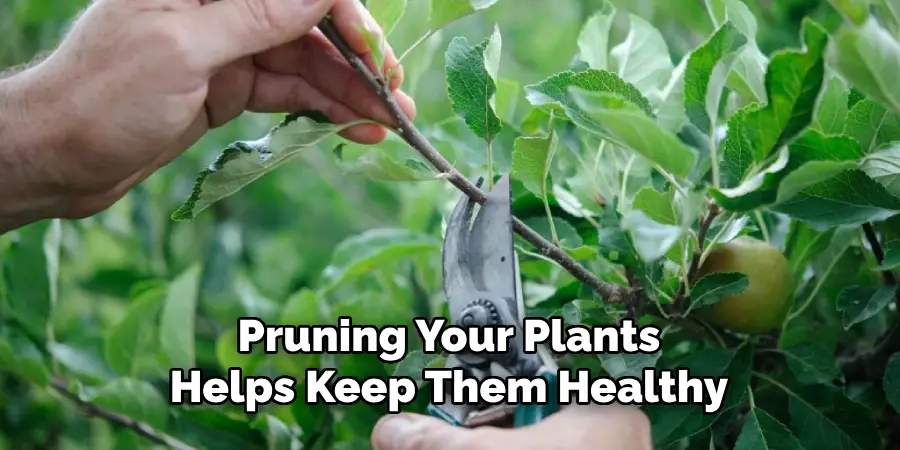
8.Read Up on Your Plants:
Every plant requires different care, so it’s important to research your particular species before you get started. This will allow you to understand what they need and how you can best provide for that need in your basement environment.
9.Rotate Your Plants:
Rotating your plants every few weeks will help them get the proper amount of light from all sides. This is especially important for those with multiple plants in one pot, since some may not be getting enough light if they are shaded by other plants.
10.Keep the Area Clean:
Keeping your basement clean and free of clutter will go a long way in helping to keep your plants alive. Make sure you are sweeping up any dust or debris regularly and keep an eye out for any signs of mold or mildew that may be damaging your plants.
By following these tips, you’ll be able to keep your plants alive and happy even in a basement environment. Just remember to stay vigilant and take the necessary steps to keep them healthy. With a bit of extra care, your plants will thrive in no time!
8 Common Reasons Your Plants in The Basement Are Dying
1. Not Enough Light:
Make sure you have the proper amount of lighting for your plant. Too little light can cause plants to become weak and die. Also, when moving a plant to a darker area try and adjust the lighting gradually to avoid shocking them.
2.Poor Soil Quality:
Plants need quality potting soil that is rich in nutrients for proper growth. If your plants are struggling, it may be due to poor soil quality or waterlogging. To remedy this, try using a soil mix with added nutrients and drainage material like perlite.
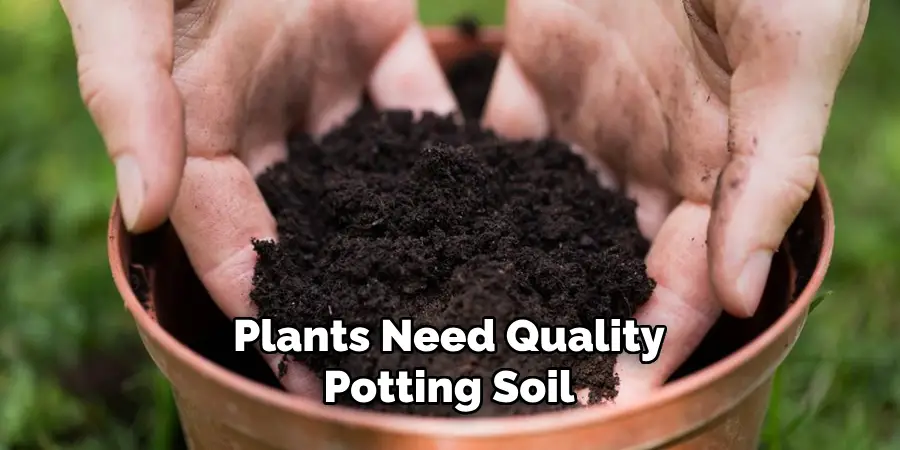
3.Overwatering:
It is important to give plants enough water but overwatering can lead to root rot which can be fatal for the plant. Make sure you are giving your plants ample time to dry out before watering again and make sure any excess water is draining properly.
4.Pests:
Small bugs like aphids, mites, and mealybugs can quickly take over a plant and cause it to die if not taken care of promptly. Check your plants regularly for signs of pests and use an insecticidal soap to get rid of them as soon as possible.
5.Poor Air Circulation:
Plants need good air circulation in order to stay healthy. Keep an eye out for signs of mold or mildew and make sure that you are pruning your plants regularly so they can get the most from their environment.
6.Too Much Fertilizer:
Although it is important to fertilize your plants, it is easy to overdo it. Too much fertilizer can burn the roots and cause them to die. Make sure you are following the manufacturer’s instructions when applying fertilizer to your plant.
7.Wrong Pot Size:
Choosing a pot that is too small for your plant can lead to stunted growth and eventually death if not corrected quickly. Make sure you are choosing a pot that is the correct size for your plant and repotting it as necessary.
8.Not Enough Humidity:
If you find your plants wilting or struggling suddenly, it could be due to lack of humidity in their environment. To remedy this, try misting them regularly or putting a tray of water near the plant to increase the humidity levels.
By paying close attention to your plants and their needs, you can prevent a lot of potential problems before they become fatal for the plant. Make sure you are monitoring light, temperature, soil quality, water levels, and other factors in order to keep your houseplants alive and healthy. With proper care, your plants will thrive and bring life into your home or office!
Bonus Tips
Get creative with your planters:
You don’t have to stick to traditional pots when it comes to keeping your plants alive. Get creative and experiment with different planters such as hanging baskets, wall mounted containers, or even water-filled vessels like terrariums.
Choose the right plants for your environment:
Not all plants thrive in the same type of environment, so make sure you are selecting ones that will do well in your particular climate and lighting conditions. Research different species to find ones that fit with your lifestyle and needs.
Group similar plants together:
Plants that require similar care can benefit from being grouped together. Not only does this help with making sure everyone gets the right amount of light and water, but it also adds a pleasant look to your home or office.
Frequently Asked Questions
How Do I Know When to Water My Plants?
The best way to tell when your plants need watering is to monitor the soil for moisture levels. Stick your finger an inch or two into the soil and if it feels dry, it’s time to water. You can also use a moisture meter that will give you an exact reading.
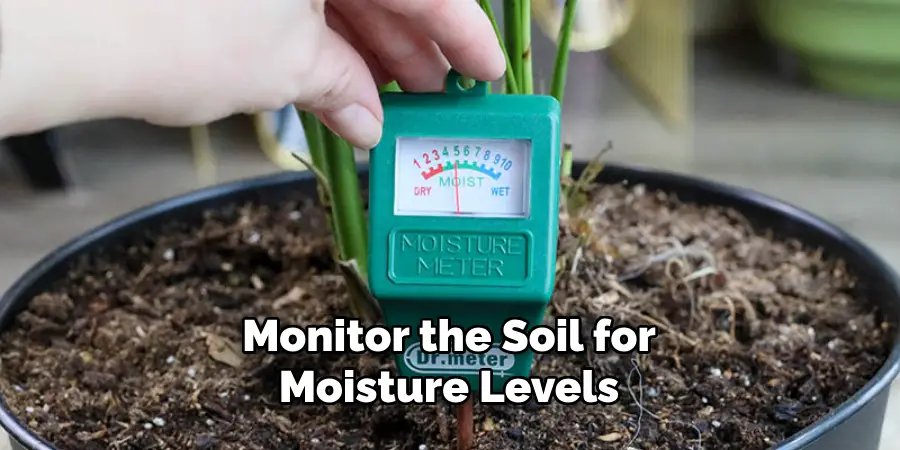
What Is the Best Soil for Houseplants?
The best soil for houseplants is a soil mix that contains organic matter and drainage material like perlite. This will help provide your plants with a balanced blend of nutrients and allow excess water to easily drain away. It’s also important to choose the right potting mix based on the type of plants you have.
How Do You Fake Sunlight for Plants?
If your plants aren’t getting enough natural sunlight, you can use artificial lighting to supplement it. LED grow lights are a great option since they are energy efficient and will give your plants the full spectrum of light they need to stay healthy. Always make sure to follow the manufacturer’s instructions for proper placement and usage.
Conclusion
Keeping your plants alive and healthy in a basement environment takes patience and dedication but is by no means impossible. By following the tips on how to keep plants alive in a basement you can ensure that your plants will thrive despite the unique conditions of a basement space.
Remember to pay close attention to your plant’s needs and be sure to act quickly if any problems arise. With some extra care and attention, you can have a beautiful oasis of green life in the depths of your basement.

